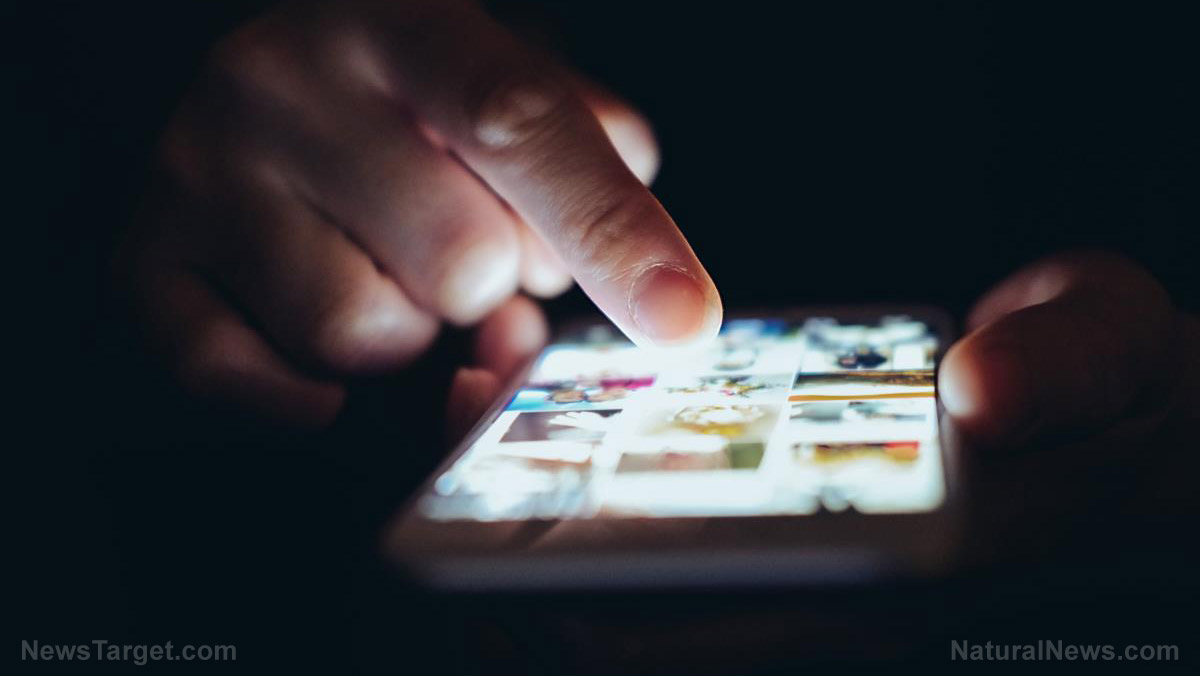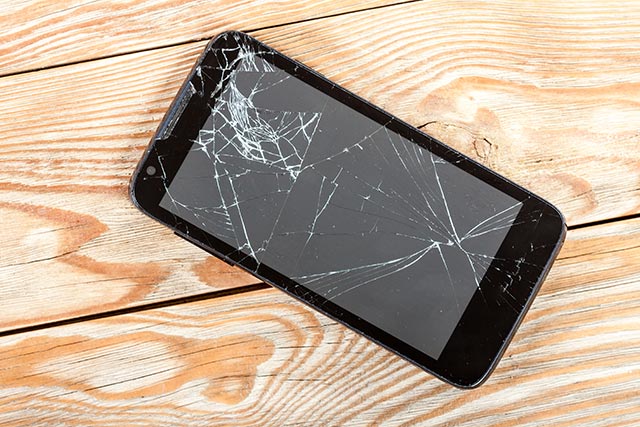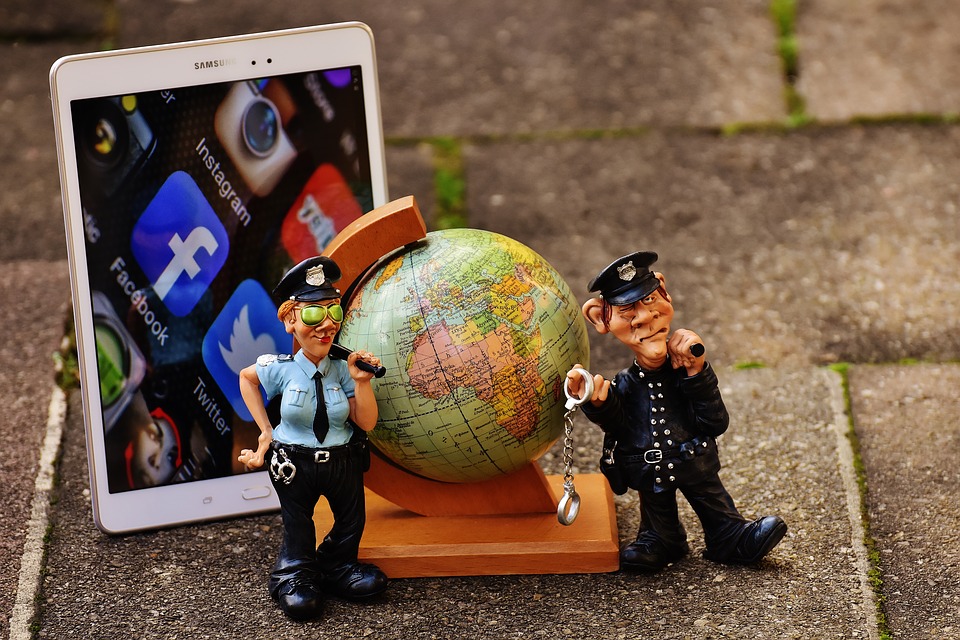This sensor can pick up your voice using just skin vibrations – for spying, perhaps?
04/03/2020 / By Lance D Johnson

A new sensor has been invented that can pick up your voice using just skin vibrations. Professor Kilwon Cho of Chemical Engineering and Professor Yoonyoung Chung of Electronic and Electric Engineering from POSTECH have created an advanced sensor that can detect a voice by picking up on your skin vibrations. The ultra thin sensor is flexible and can be worn on the skin. When it’s attached to the neck, it has great accuracy for voice recognition because it is not affected by ambient noise or the volume of sound in the room. This sensor is so precise at recognizing someone’s voice; it could potentially be used for security authentication of the user.
New advancements in voice recognition could be used to more accurately patrol your speech
The researchers found that sound pressure levels from 40 to 70 dBSPL are proportional to the acceleration of neck skin vibration. After demonstrating this, they developed a sensor that picks up on skin vibration, indicating that the person is speaking. The sensor can readily authenticate that the person is speaking and be used with greater precision in technological application to more accurately patrol your speech.
The sensor they invented is comprised of a polymer film and a diaphragm that contains miniature holes. The ultrathin sensor can immediately detect a person’s voice by feeling skin vibrations. The sensor was so precise it could recognize the voice even in a noisy environment and even when the person wore a mouth mask. The sensor could be used in healthcare settings to monitor patients. It could also be used for electronic skin, human-machine interfaces.
Professor Kilwon Cho said, “This research is very meaningful in a way that it developed a new voice-recognition system which can quantitatively sense and analyze voice and is not affected by the surroundings. It took a step forward from the conventional voice-recognition system that could only recognize voice qualitatively.”
Voice recognition technology is already spying on you
Voice recognition technology is of great interest to scientists and inventors because it can serve several efficiency applications for many people around the world. Most mobile phones contain a voice recognition feature that users can activate to verbally look up information or quickly get directions. Voice recognition features are used in the Google Home Mini and the Amazon Alexa. These devices are hands-free virtual assistants that are activated by the sound of an audible voice. Voice recognition makes perusing the World Wide Web much more efficient, but it gleans significant amounts of data from people, intruding on an individual’s privacy.
These voice recognition features use a microphone to detect sound pressure. The sensor in the microphone recognizes a voice by detecting air vibrations. The application’s sensitivity is negated due to mechanical resonance and dampening effects. Sometimes the sensor doesn’t work properly and doesn’t activate voice recognition — no matter how many times someone speaks loudly into the speaker. Other times, the voice recognition feature can be turned on when someone is casually having a conversation in the room. This is why increasing the sensitivity and recognition precision of the microphone’s sensors is of great interest to researchers.
Will technology companies like Google utilize these new sensors to garner more private information from everyone, to learn how to market to you, and manipulate your life? Perhaps governments will use this kind of technology in the future to track how close people are from one another to enforce social distancing during nationwide lock downs.
Sources include:
Tagged Under: badtech, Big Brother, Big Tech, data collection, future tech, home privacy, innnovation, inventions, microphones, privacy, research, sensors, skin vibrations, spying, surveillance, voice recognition
RECENT NEWS & ARTICLES
COPYRIGHT © 2017 GLITCH.NEWS
All content posted on this site is protected under Free Speech. Glitch.news is not responsible for content written by contributing authors. The information on this site is provided for educational and entertainment purposes only. It is not intended as a substitute for professional advice of any kind. Glitch.news assumes no responsibility for the use or misuse of this material. All trademarks, registered trademarks and service marks mentioned on this site are the property of their respective owners.



















